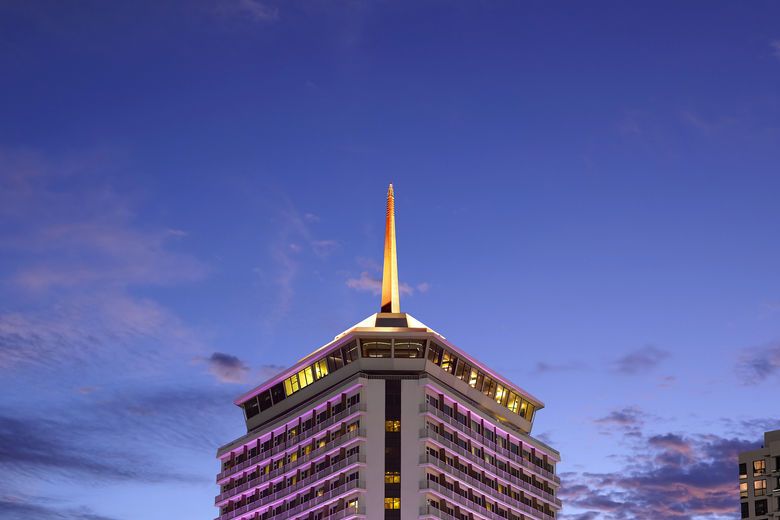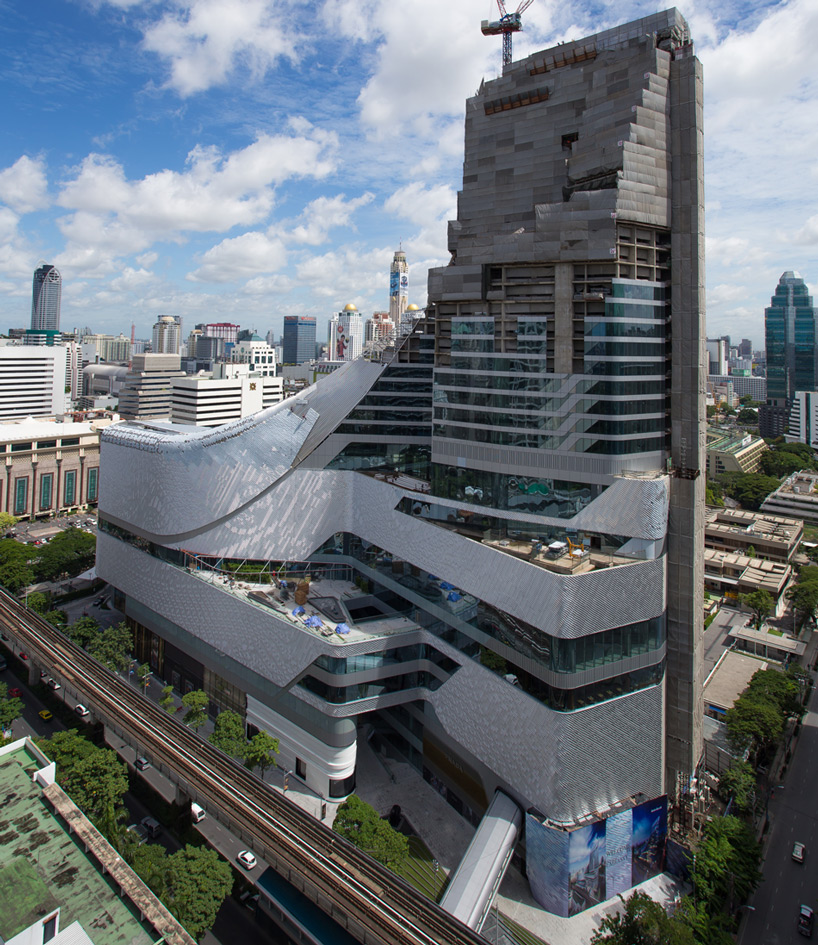The Energy Complex is a green building with an LEED (leadership in energy and environmental design) platinum accreditation.
The use of “green buildings” has increasingly formed a key part of efforts by large firms to improve their corporate image and show their corporate social responsibility (CSR), resulting in more and more of these types of buildings being constructed in Thailand since 2007.
The Thai Green Building Institute reports that the number of green structures has been growing rapidly over the past six years, almost doubling annually as the direct result of increasing awareness driven by the institute, universities, the private sector and the government.
New commercial constructions account for almost 80 per cent of green buildings in Thailand, because they are easier to adopt compared to restructuring existing ones.
Moreover, green buildings are currently limited to the commercial sector due to high building costs, as the accrued green cost is more difficult for individual, residential tenants to bear compared to companies occupying commercial buildings.
Besides the corporate image and CSR angles, green building also has lower operating costs.
In the case of new construction projects, there is a significant decrease in operating costs resulting in higher savings as the building ages over time, with a certain amount of added asset value and time on the return on investment.
Meanwhile, the operating costs of green retrofit or renovation projects are lower than for new buildings over the first year, but are limited to 13 per cent over five years.
The immediate cost savings are higher than for new green buildings in the first year of implementation in Asia, but in the long run, the decrease of operating costs is not as significant as for newly constructed green buildings, said the institute.
Green buildings translate into higher asset value, which renders a higher rent charged to tenants.
The main challenges hampering further growth in green building in Thailand include:
_ Developers: cost-benefit consideration (including the availability of materials and energy solutions, which eventually rely on imports and increase overall costs).
_ Government: lack of consistency and support in execution.
_ Construction workers: lack of technical capacity and know-how.
_ Tenants: limited awareness of economic and health benefits.
However, despite the additional cost, building owners can acquire 20 per cent more in rental prices compared to standard office buildings. Through savings on energy bills, investment in green buildings can generally be covered within six to seven years.
Major green savings
Some technologies and solutions are preferred in the market. LED (light-emitting diode) lighting saves up to 60 per cent in energy, HVAC (heating, ventilation and air-conditioning) saves up to 30 per cent, and an elevator system can save up to 35 per cent.
Combined with the implementation of a building management system, higher energy saving is even more feasible to achieve.
As to what trends Thailand will see in the future, green building is taking off for both new and retrofitted buildings, according to the institute.
Green building will continue to be limited to commercial buildings in the coming year. Because in residential buildings the trend to go green will increase developers’ initial costs and reduce their price point attractiveness, residential buyers and investors have yet to realise the true benefits of green buildings.
In the mid-term, the cost of going green will go down as there are more solutions available in the market, said the institute.


